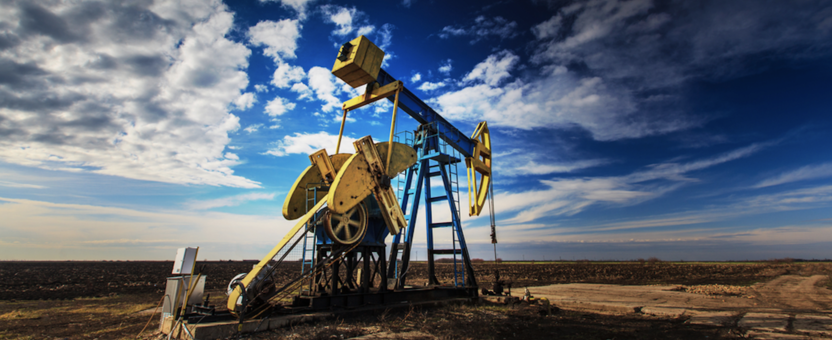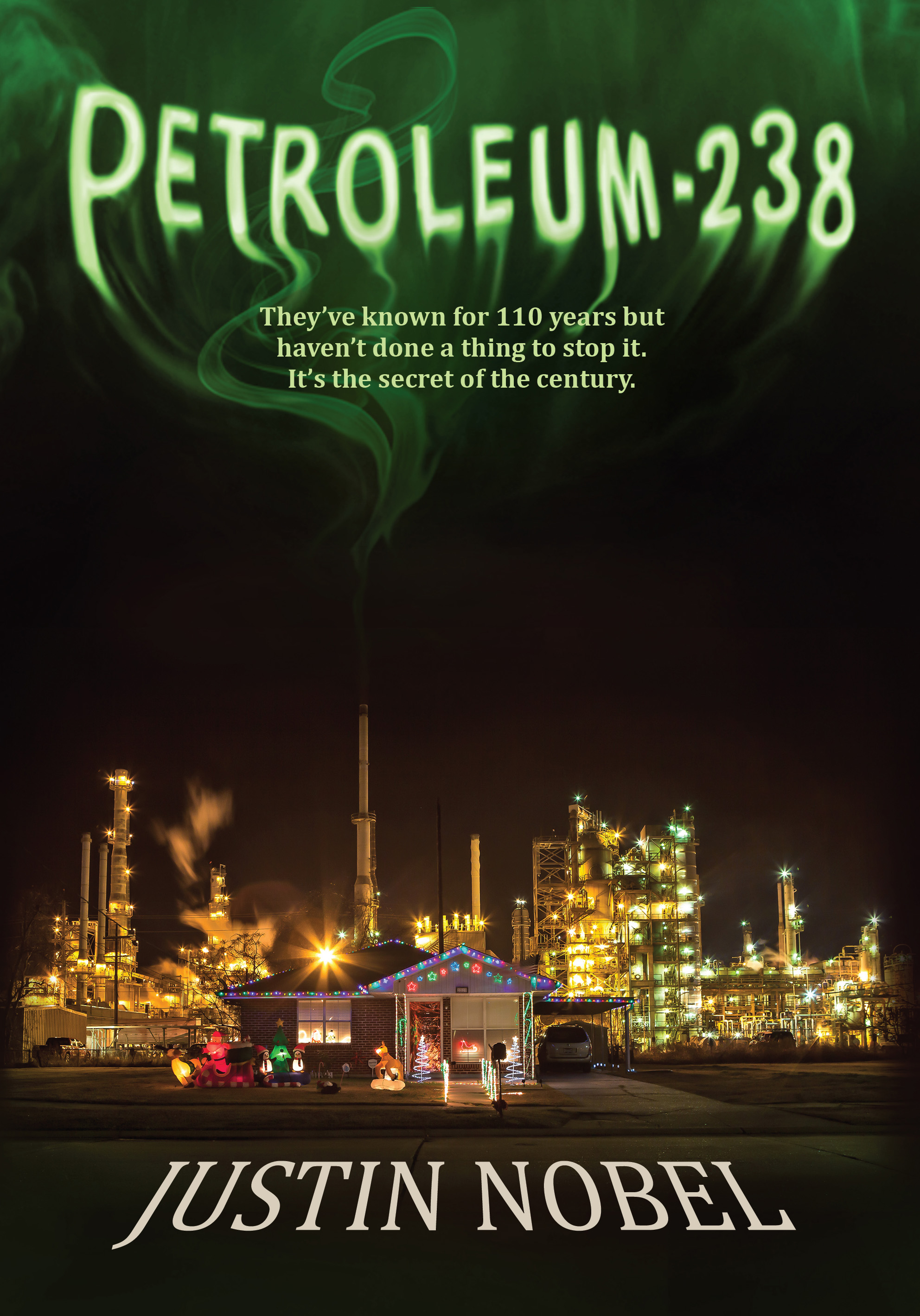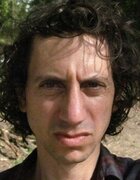
2024
What’s new, Guest commentary
Under the Surface: What does the fracking boom mean for our health?
Over the last seven years, as I traveled the United States reporting on the oil and gas industry, I have learned a disturbing and little-considered fact: a lot more comes to the surface at a well than just the oil and gas. Each year the industry produces billions of tons of waste, much of it toxic and radioactive. The fracking boom has only worsened the problem. So where does it all go?
My upcoming book, Petroleum-238: Big Oil’s Dangerous Secret and the Grassroots Fight to Stop It, provides the shocking answer. Shielded by a system of lax regulations and legal loopholes, this waste has been spilled, spread, injected, dumped, and freely emitted across America.
Game-changing revelations
To tell this story I rely on oilfield workers, community activists, a century of academic research, and a trove of never-before released industry and government documents. The result is a series of game-changing reveals into the world’s most powerful industry. None have been more deceived than the industry’s own workers, who are suffering mysterious health maladies and dying from unexplainable cancers.
Petroleum-238 is based on my 2020 Rolling Stone magazine story, “America’s Radioactive Secret,” which won an award for long form writing with the National Association of Science Writers. While the book is a rigorous work of investigative science journalism, it is also a narrative journey across America’s oilfields, entering into the intimate worlds of a number of diverse characters.
There is an 85-year-old nun in South Texas fighting — occasionally with a Geiger counter in hand — to hold the industry accountable as powerful corporations try to pile waste in landfills beside family ranches. And there are the teenage sisters in rural Ohio who have been creatively protesting a fracking waste “injection well” in their community since they were children—they once hosted a Halloween “Frackenstine Rally,” and, inspired by Alice in Wonderland, dressed as fairies and hosted a toxic tea party, as the oilfield waste trucks barreled by.
Blueprint for accountability
Petroleum-238 is also a toolkit, providing a new suite of issues on which to hold the oil and gas industry accountable, and opening up what for many will be an entirely new front of legal action and environmental activism.
The book lays out a more nuanced way for understanding exactly what is happening across the oil and gas industry’s vast web of infrastructure, and provides a new blueprint for assessing where harms might lie and public health might be assessed.
As one former Texas oilfield worker, who now runs an oilfield waste consulting firm, tells me in the book:
“Waste is an astronomical cost they don’t want to pay for if they don’t have to, so they spend whatever money it takes lobbying legislators to ensure this material is never regulated, and that costs a lot less than actually paying to deal with the waste in an appropriate manner. This has been the playbook of the oil and gas industry since the beginning. There is zero incentive for companies to handle this right.”
With this book I hope to change that. And I invite you to join us on Wednesday, March 6 for a conversation hosted by the New School at Commonweal, the Science and Environmental Health Network, and the Collaborative for Health and Environment.
“Model energy boom” brings contaminated lands
I will be joining the event from the Fort Berthold Indian Reservation, in western North Dakota, where one of the country’s most furious oil booms has been carried out across a delicate ecological landscape, occupied by the Mandan, Hidatsa, and Arikara, known together as the Three Affiliated Tribes.
While North Dakota’s politicians have touted the Bakken oil field as a model energy boom for the nation, some of the residents of Fort Berthold tell a very different story, having personally struggled to raise families directly adjacent to unconventional oil and gas development, and all of the contamination and waste that comes with it. I will also present stories from North Dakota’s shadow network of radioactive oilfield waste workers, who are often grossly unprotected and ill-informed about the radiological hazards they are facing.
Dr. Larysa Dyrszka, a retired pediatrician and co-founder of Concerned Health Professionals of New York, now a program of SEHN, will discuss how radioactive substances brought to the surface in oil and gas development pose threats to workers, the environment, and communities, with children at particular risk. I hope you can join us.

Book cover design by Sabrina Bedford, cover photo by Julie Dermansky.
_________
RSVP here for the online conversation on Wednesday, March 6, 2024, 11am PT/2pm ET.
Justin’s upcoming book, Petroleum-238: Big Oil’s Dangerous Secret and the Grassroots Fight to Stop It, will be published April 24th and can be pre-ordered here on Amazon, or here on BookShop.org.
Justin Nobel writes on science and environment for US magazines, literary journals and investigative sites. His investigation into the radioactivity brought to the surface in oil and gas production and the various pathways of contamination posed to the industry’s workers, public and communities, and the environment was published in Rolling Stone Magazine in 2020.


 By
By 